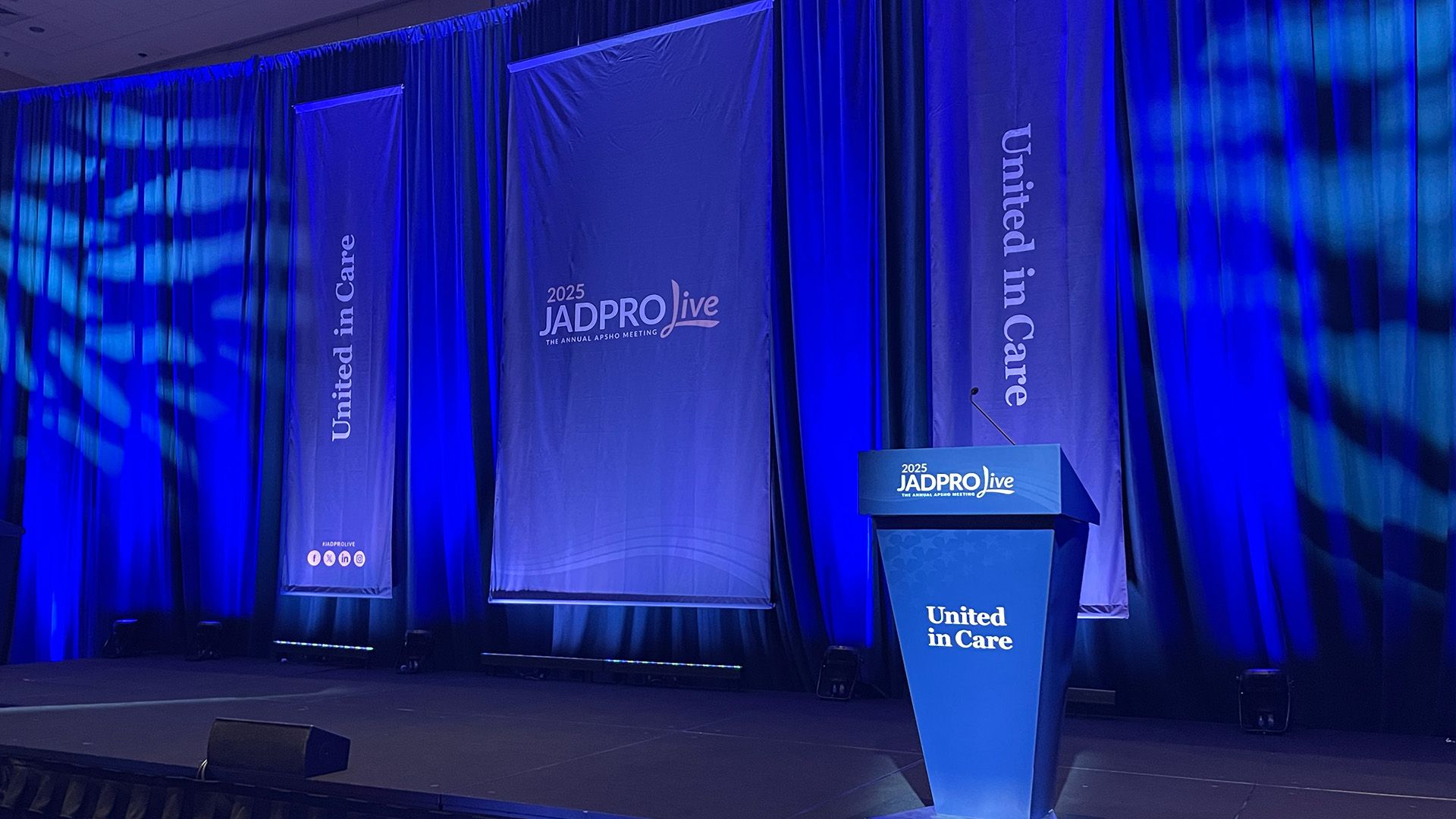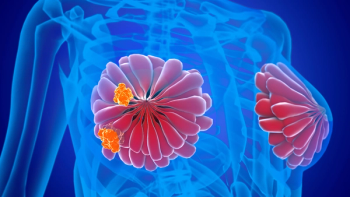
Monitoring Later Cytopenias With CAR T-Cell Therapy

Laura J. Zitella, MS, RN, ACNP-BC, AOCN, explains that later cytopenias should be monitored in patients undergoing CAR T-cell therapy.
Cytopenias frequently onset toward the beginning of a patient’s CAR T-cell therapy but can also occur in the later weeks of treatment, warranting further examination into the patient’s condition, explained Laura J. Zitella, MS, RN, ACNP-BC, AOCN, a nurse practitioner and associate clinical professor at the University of California, San Francisco.
Following her presentation on complex cytopenias in cancer care at JADPRO Live 2025 in National Harbor, Maryland, Zitella detailed in an interview with Oncology Nursing News that while the first drop in blood counts is expected in many patients, a later drop should be investigated by a patient’s care team.
Inflammation is a cause of the second drop in blood counts for many patients, said Zitella. In these cases, a GCSF will lead to response in most patients with neutropenia. However, patients with thrombocytopenia may require a thrombopoietin receptor agonist or, in severe cases, a platelet transfusion.
Should cytopenias continue or not respond to treatment, bone marrow biopsy should be considered to detect possible other causes of cytopenias.
Transcript
Following CAR T-cell therapy, we do expect a small, short period of cytopenias that occur after lymphodepletion chemotherapy. It usually resolves within the first 10 to 12 days, but we’re seeing in more than 50% of the patients that there’s a second drop in the counts that occurs about 3 to 6 weeks following CAR T, and it’s believed that part of this is inflammatory related.
Due to inflammation or an inflammatory state, we’re seeing the second drop in blood counts. That’s a little bit more challenging. For neutropenia, in this setting, it’s usually responsive to GCSF. For thrombocytopenia, you can try thrombopoietin receptor agonists or using platelet transfusions if it’s really low.
However, sometimes these cytopenias don’t respond to growth factors, or they’re prolonged, and then it requires a bone marrow biopsy to look for other causes, such as relapse of the primary disease, a second bone marrow neoplasm, development of myelodysplastic syndrome, or another bone marrow disorder.
This transcript has been edited for clarity and conciseness.
Newsletter
Knowledge is power. Don’t miss the most recent breakthroughs in cancer care.




















































































